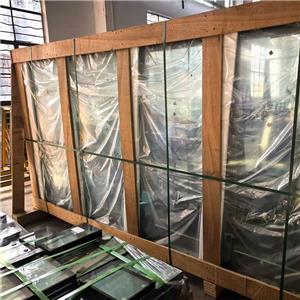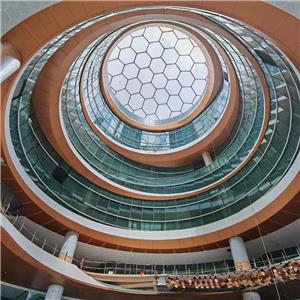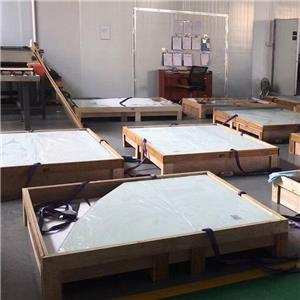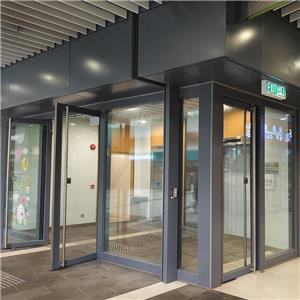Why Do Buildings Over 200 Meters Require 2-Hour Fire-Resistant Glass?
The requirement for 2-hour fire-resistant glass in buildings exceeding 200 meters in height stems from multifaceted safety considerations, including structural physics, evacuation challenges, and international regulatory expertise. Here’s a detailed analysis:
1. Exponentially Increased Evacuation Time
Vertical Escape Difficulty: A 200-meter building typically has over 50 floors. Stairwell evacuation can take approximately 40 minutes for an average adult—four times longer than in a 50-meter building.
Crowding Risks: A 2022 simulation of a Tokyo high-rise apartment fire showed that in buildings over 200 meters, stairwell congestion could prevent 30% of occupants from escaping within 1 hour.
Firefighting Limitations: The world’s tallest firefighting ladder reaches only 112 meters (Bronto, Finland), making structural fire resistance critical for rescue operations in ultra-high-rise buildings.
2. "Chimney Effect" Accelerates Fire Spread
Physics: Atriums and elevator shafts in tall buildings act as chimneys, allowing smoke to rise at speeds of up to 5 m/s during a fire (versus 1 m/s in shorter buildings). For example, in Dubai’s Burj Khalifa, smoke was observed to travel 40 floors in 30 seconds during a simulated fire.
Thermal Pressure Differential: A 200-meter height creates a 2.5 kPa pressure difference between the base and top, intensifying oxygen supply and raising fire temperatures by 200–300°C compared to low-rise structures.
Case Study: The 2017 Grenfell Tower fire (67 meters) in London spread across 24 floors in 6 minutes due to the chimney effect, prompting stricter global regulations.
3. Heightened Structural Collapse Risks
Steel Critical Temperature: Structural steel loses 50% of its strength at 550°C. In ultra-high-rises, core temperatures exceeding 600°C within 1 hour could trigger cascading structural failures.
Thermal Expansion Stress: Research by the U.S. National Institute of Standards and Technology (NIST) shows that glass curtain walls in 200-meter buildings experience 2.3 times more thermal expansion deformation than those in 100-meter buildings. Two-hour fire-resistant glass helps buffer seal failures caused by this deformation.
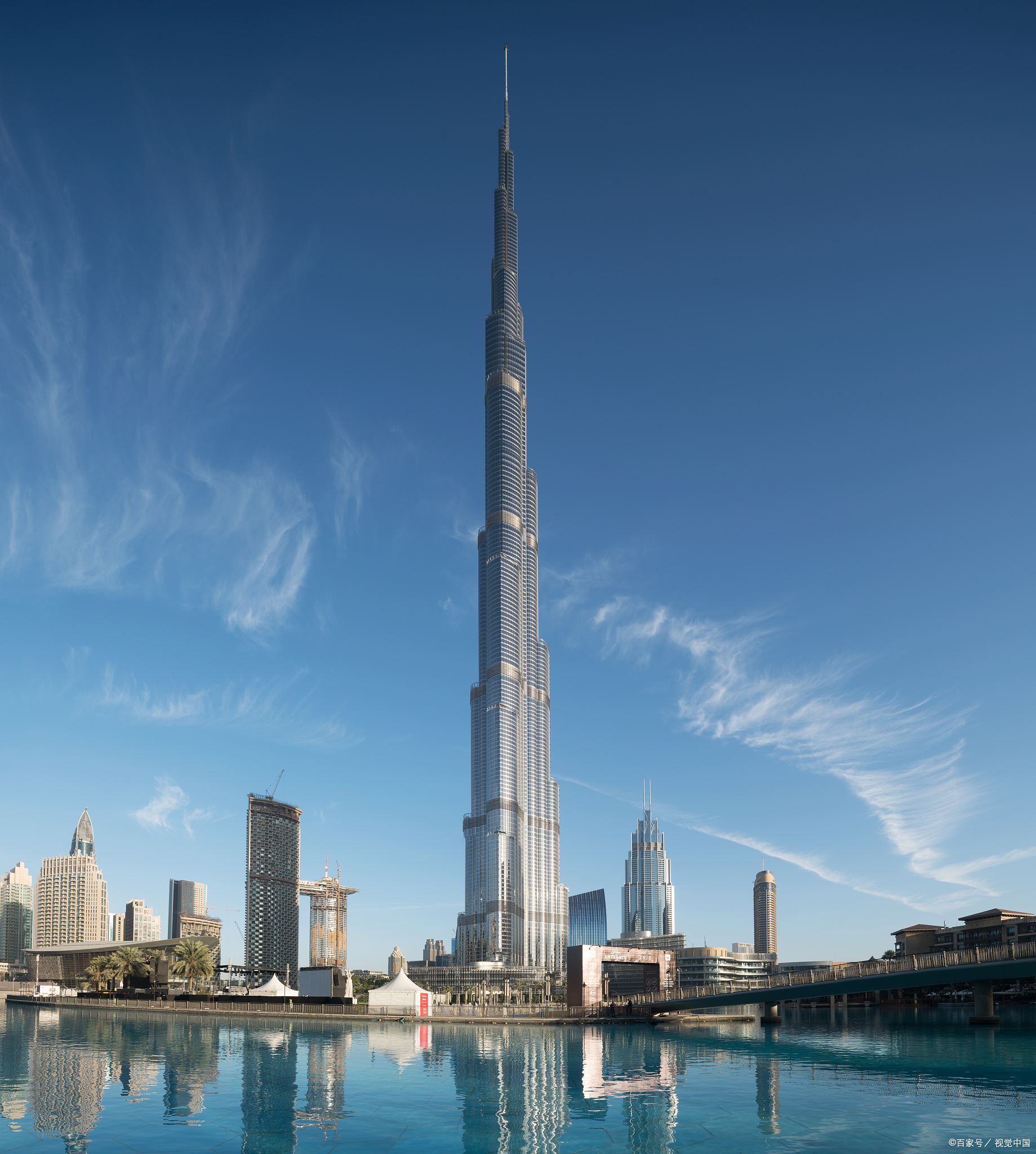
4. International Regulatory Consensus
IFSA Standards: The International Fire Safety Association (IFSA) classifies buildings over 200 meters as "ultra-high risk," mandating 2-hour fire resistance for load-bearing structures (tested under ISO 834 curves).
U.S. NFPA 5000: Requires 2-hour fire-rated partitions for buildings over 75 meters (~25 floors), including glass systems.
EU EN 13501-2: Uses the RABT-ZTV curve (simulating rapid tunnel fires) to justify 120-minute resistance for ultra-high-rises.
5. Economic and Legal Liability
Insurance Mandates: Lloyd’s of London requires 2-hour fire-resistant glass for buildings over 200 meters; non-compliance triples insurance premiums.
Legal Precedent: In the 2021 New York 432 Park Avenue fire lawsuit, the developer was fined $230 million for using 1-hour fire-rated glass, accelerating industry adoption of stricter standards.
Conclusion
The 2-hour requirement is not merely a doubling of time but a systematic safety threshold integrating thermodynamics, human factors, and legal-economic realities. With the number of 300-meter+ buildings growing by 470% in the past decade (per CTBUH data), this standard is expanding from "ultra-tall exclusivity" to buildings over 150 meters, redefining urban safety benchmarks globally.

